
Cycling through Trove
Australian cycling culture has been thriving for many decades. Back in the early 20th century being a professional cyclist was one of the big dreams of kids and adults alike. Having a cycling champion come from your town was a point of pride for locals. The downside of this period was that women were still having to fight to break into the industry.
Track popular personalities and famous brands that shaped Australian cycling culture through Trove.
The human motorcycle
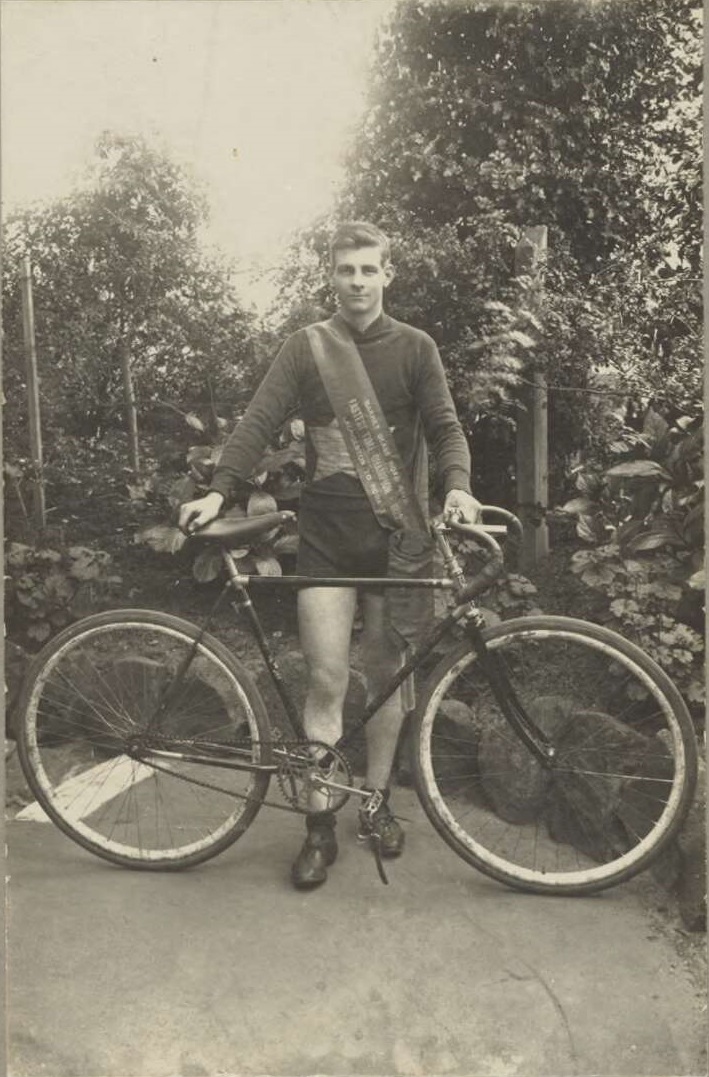
Sir Hubert Ferdinand (Oppy) Opperman OBE is a well-known name to avid fans of Australian cycling. Oppy was a champion cyclist during the 1920s and 1930s who had a commercial sponsorship with Malvern Star Cycles. He was referred to in the press as ‘the human motorcycle’ and ‘the tin hare’.

At the age of 17 he won the first of his many accolades: the Senior Cadet Championship of Victoria. It was around this time that Oppy met Bruce Smalls, owner of Malvern Star Cycles. This started a decades long partnership and friendship between the two men. As a result of this partnership Oppy’s record-breaking rides were often at least partly attributed to his use of a Malvern Star bicycle.
In The amazing “Oppy” the cycling champion looks back on highlights of his career:
‘From bare-kneed boyhood days I was drawn magnetically to cycling.’
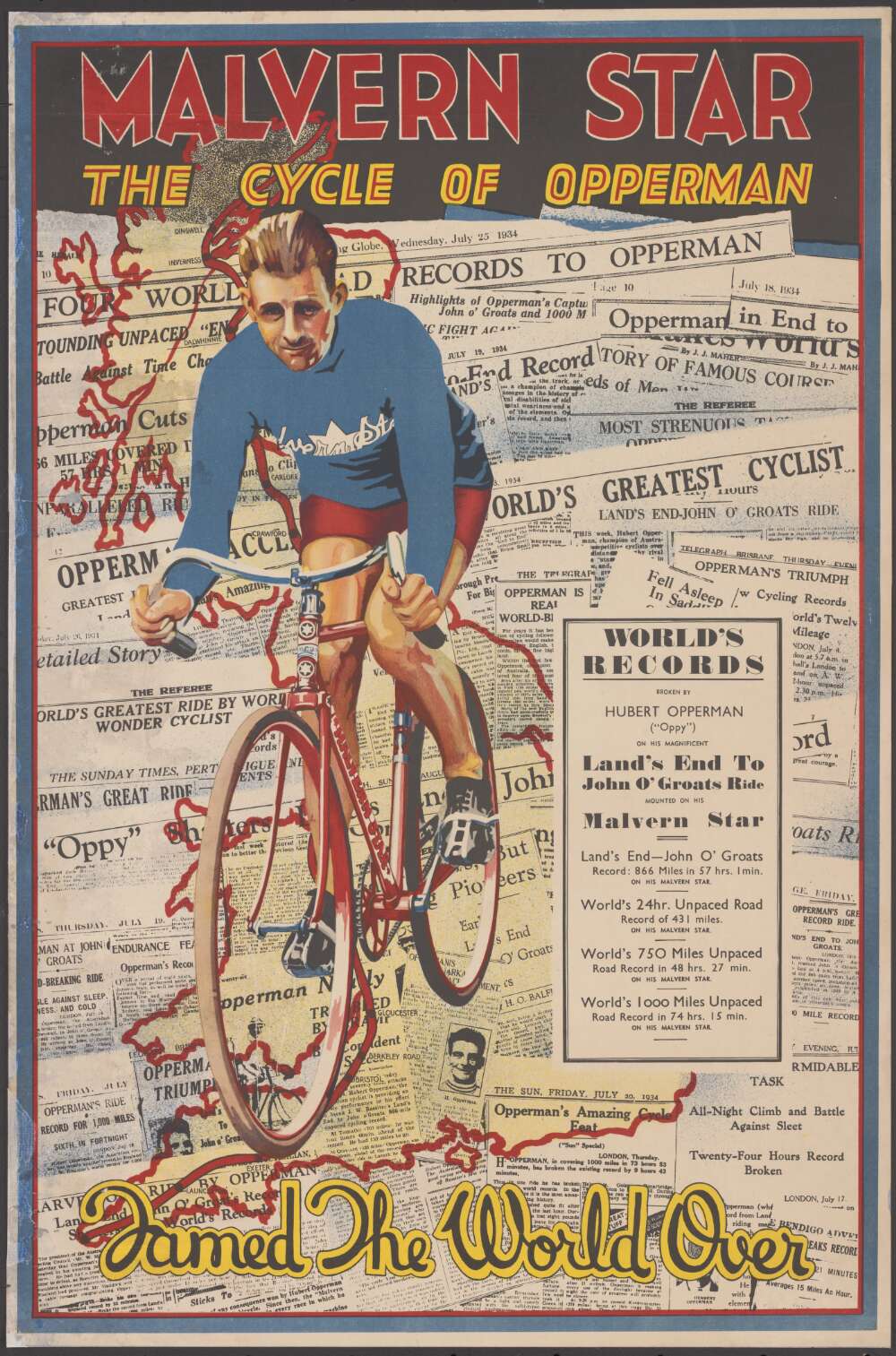
In 1931 Oppy entered the Paris-Brest-Paris, a 726-mile race in France that was at that time only held once every decade. After already cycling 700 miles in fifth place, enduring torrential rain and riding through mud, Oppy achieved one of the most impressive feats for a cyclist. He won the race and set a record doing it.
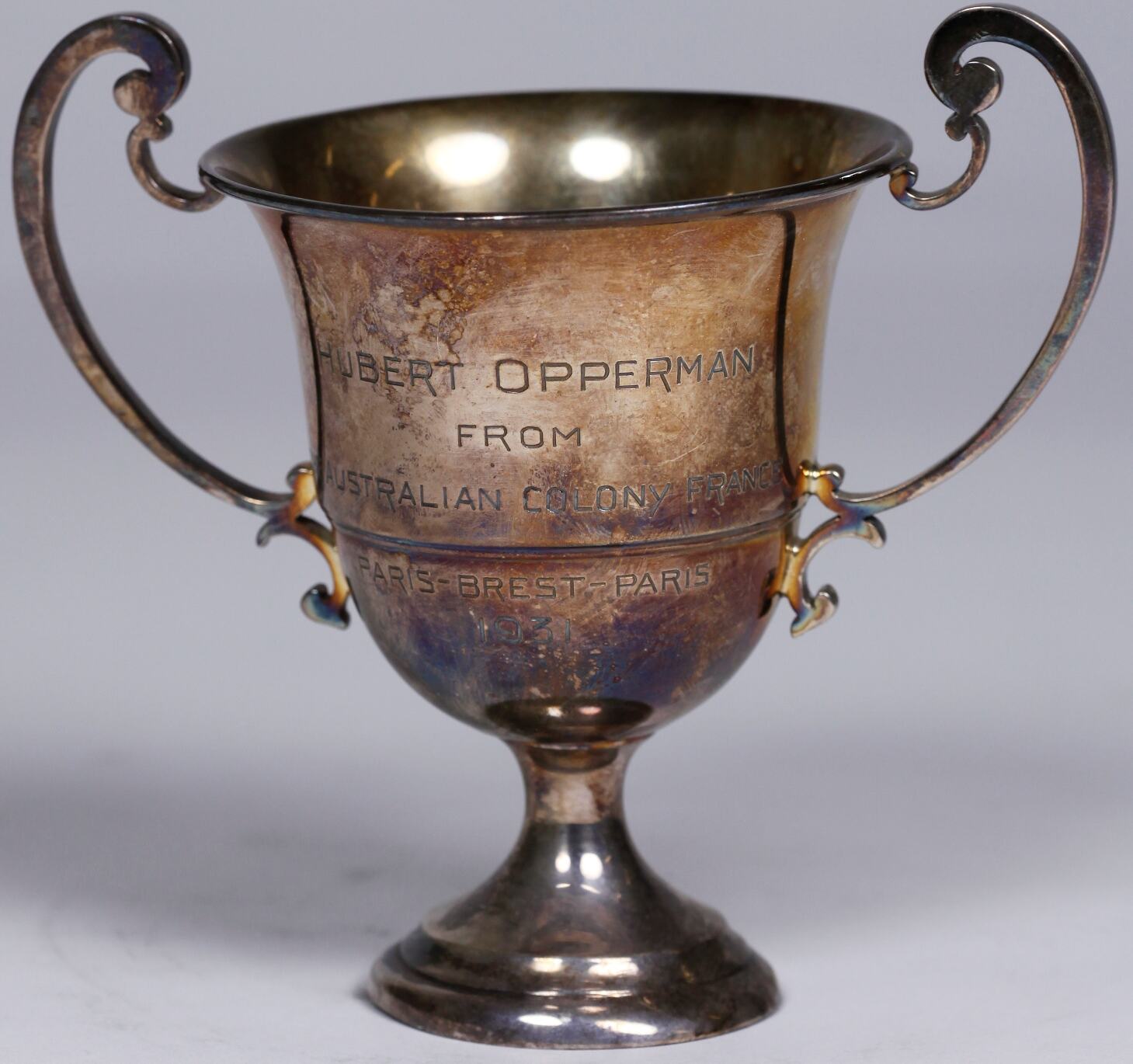
He joined the Royal Australian Air Force (RAAF) during World War II and put his cycling career on hold for what he felt was a greater calling. After he returned from war Oppy tried to revive his cycling career, but ultimately decided the memory of his illustrious career was better left untarnished. In the next leg of his career, he held the Federal House of Representatives' seat of Corio, Victoria and was Commissioner for Malta.
Oppy became an officer of the Order of the British Empire (OBE) in 1953 and was knighted in 1968. He was also inducted into The Sport Australia Hall of Fame in 1985 and the AusCycling Hall of Fame in 2015.
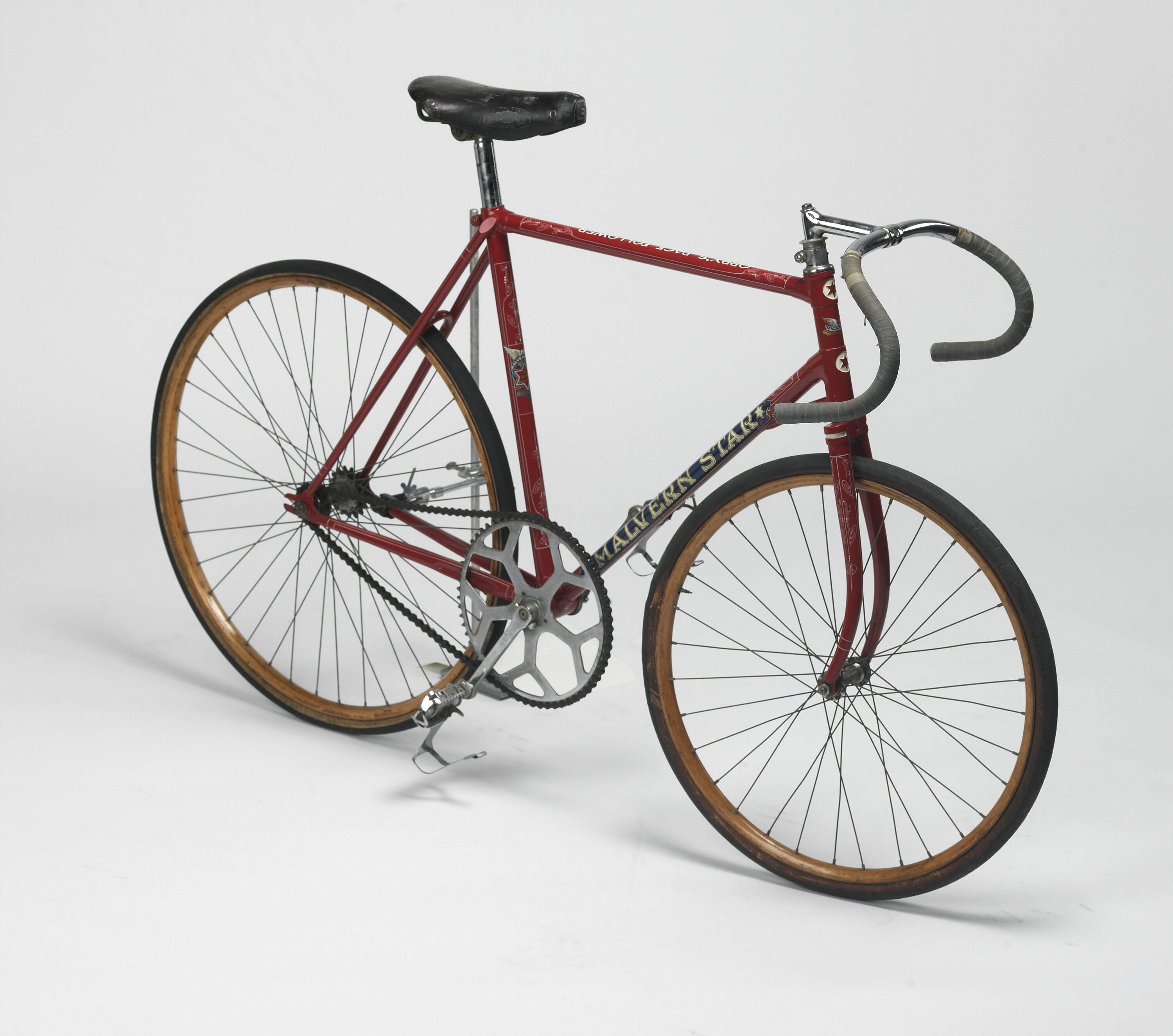
The spokesperson of Australian cycling
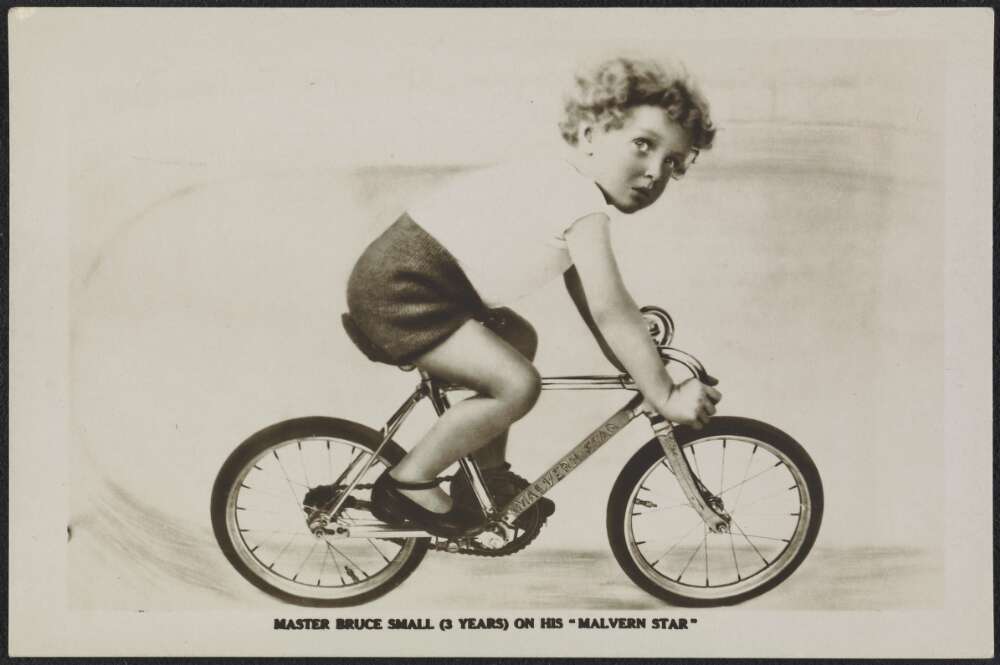
Sir Andrew Bruce Small became one of the big names in bicycle manufacturing after purchasing Malvern Star Cycles from cyclist Tom Finningan in 1920. His two younger brothers Ralph and Frank Small joined the business a few months later. This 20 February 1935 edition of Sporting Globe explains the full story behind Bruce purchasing Malvern Star Cycles.
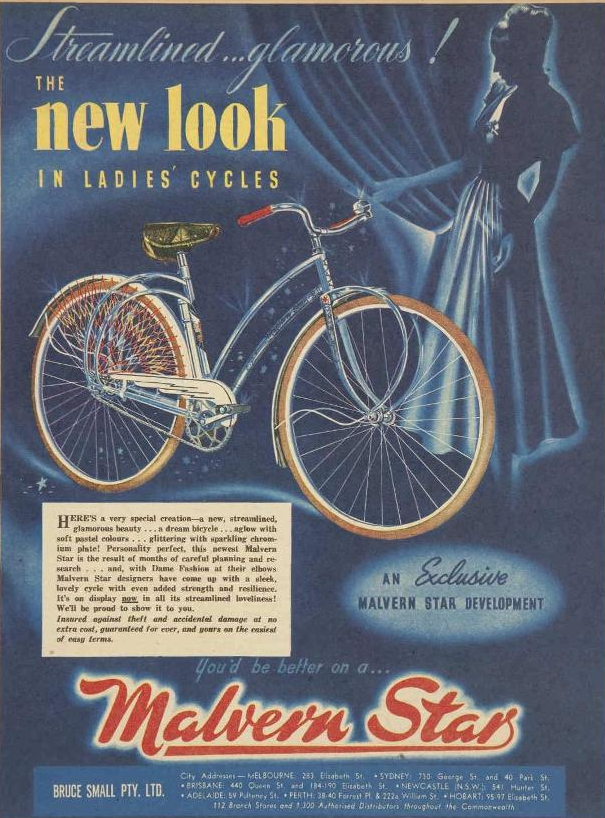
One of the most significant relationships throughout his career was with Oppy, who later became a Director of Malvern Star. They met when Bruce was working as a wildly successful salesman for the Finlay Brothers. Bruce walked into the Malvern Star Cycling Club where he saw the immense potential in the product. After he bought the company, the men crossed paths at Malvern Star cycling events where their friendship blossomed.
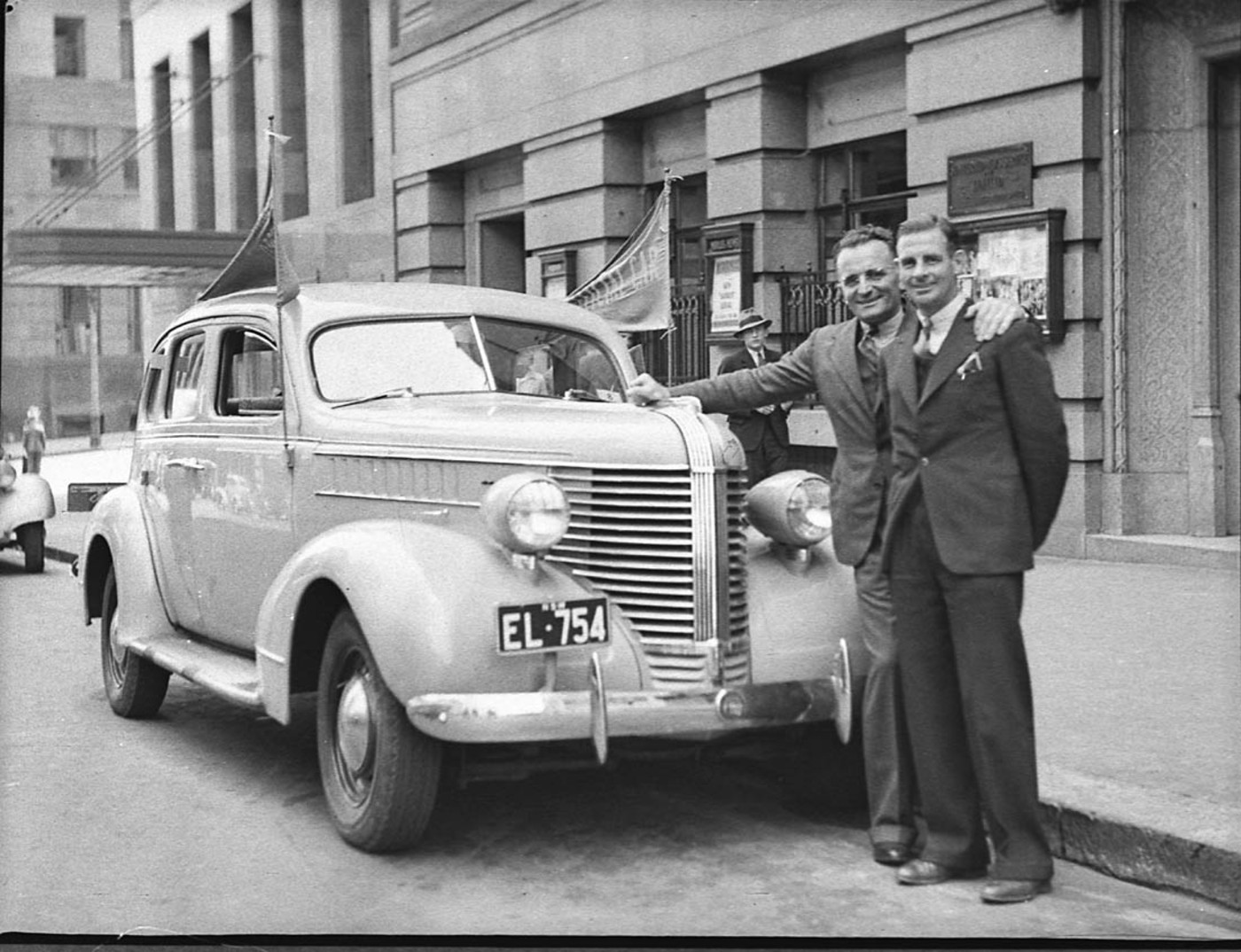
Malvern Star became a big name in cycling because Bruce sponsored many successful up and coming cyclists including Oppy, Joyce Barry, Ern Milliken, and Richard ‘Fatty’ Lamb.
Years later Bruce was looking to change gears and he sold his shares of Malvern Star Cycles. In 1967 was elected Mayor of the Gold Coast.
‘Girl Cyclist Attacking Man’s Record’
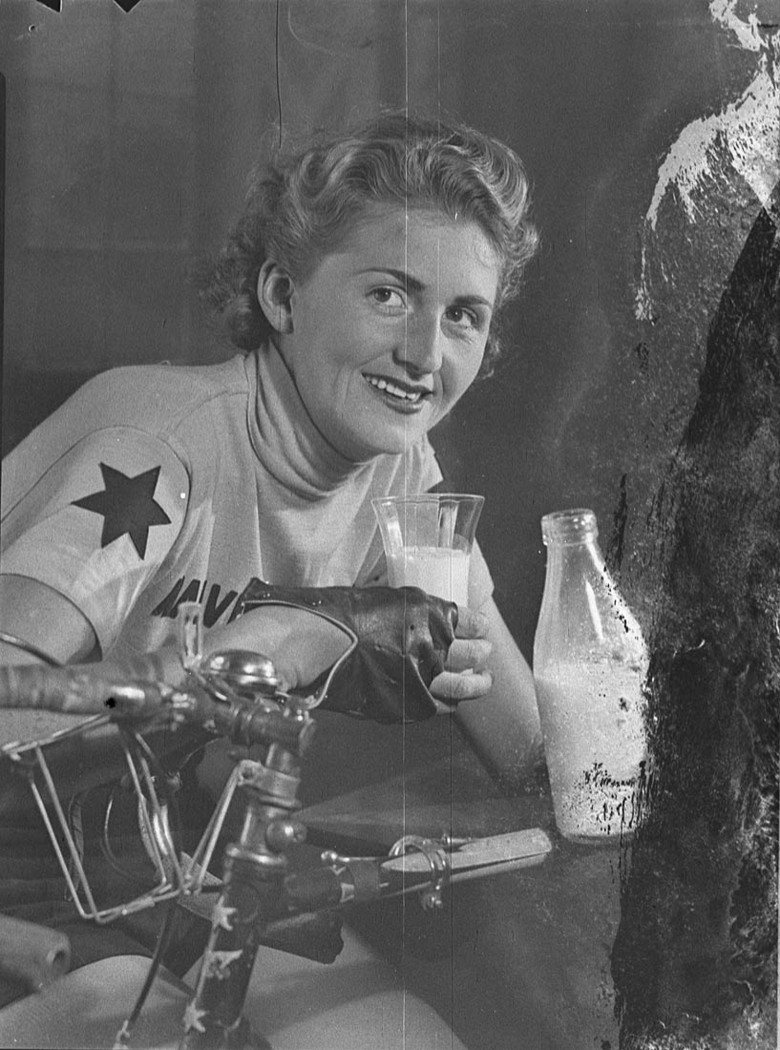
Joyce Barry was, at one moment, a 17 year old typist who turned to cycling as a way to unwind from busy office life. The next moment the press was dubbing her ‘Australia’s greatest lady cyclist’.
Like Oppy her career began at 17 and established herself as a fierce competitor. Oppy became her trainer and casual advisor and he helped her prepare for several record-breaking attempts.
In June 1938 she set a new record for cycling from Brisbane to Rockhampton in 56 hours and 20 minutes. Joyce made headlines during this ride because she set out to beat then male champion William Withers’ record of 79 hours and 25 minutes. Resulting in The Sydney Morning Herald titling an article ‘Girl Cyclist Attacking Man’s Record’. The following month she broke the cycling record for travelling from Stanthorpe to Brisbane in 11 hours and 46 minutes.
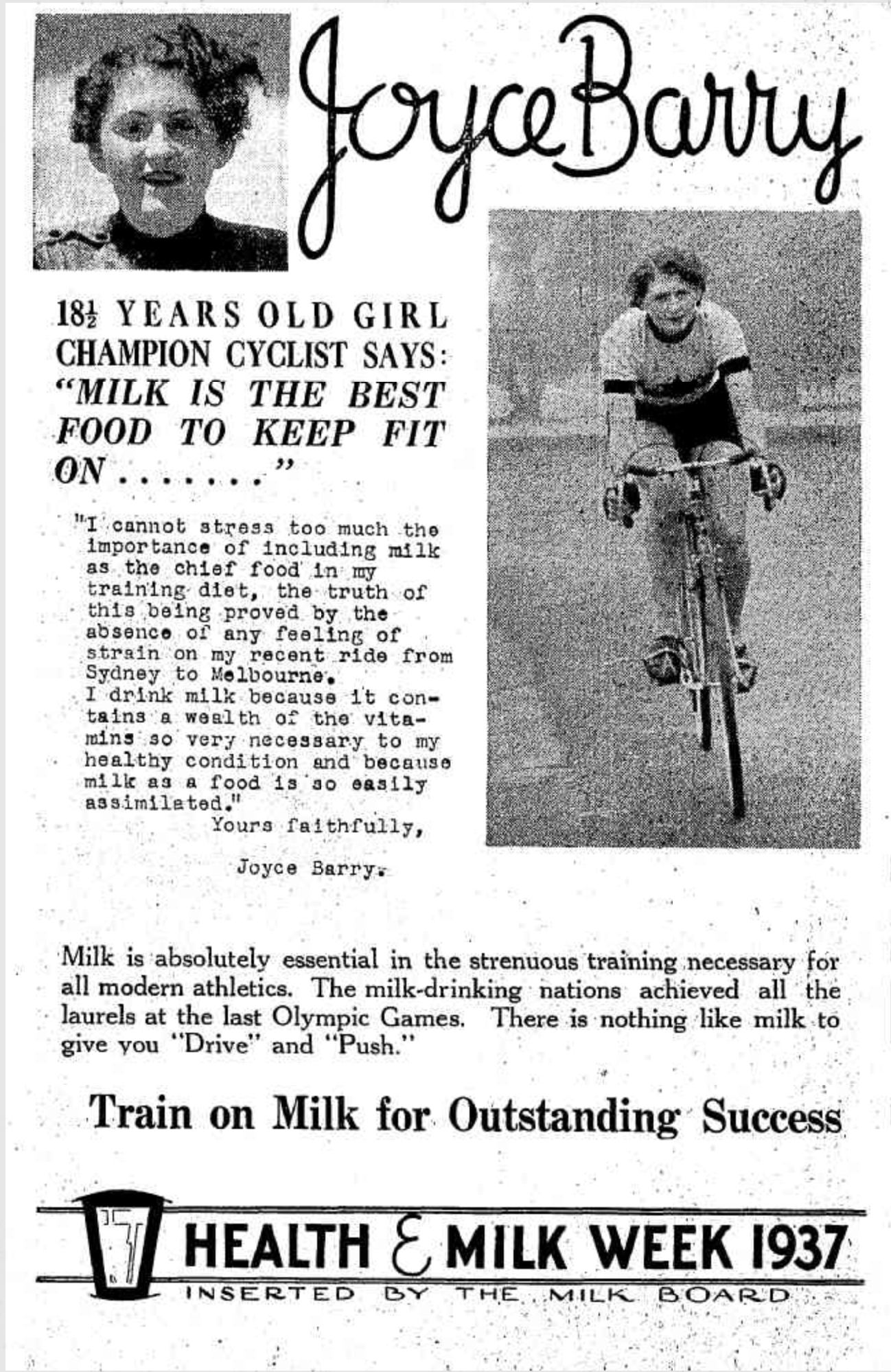
She was a member of The Brisbane Women’s Cycling Club. She also received sponsorship from the NSW Milk Board and Malvern Star Cycles. As Joyce’s popularity grew little girls around the country dreamt of one day becoming a cycling champion like her.
The Worldbeater
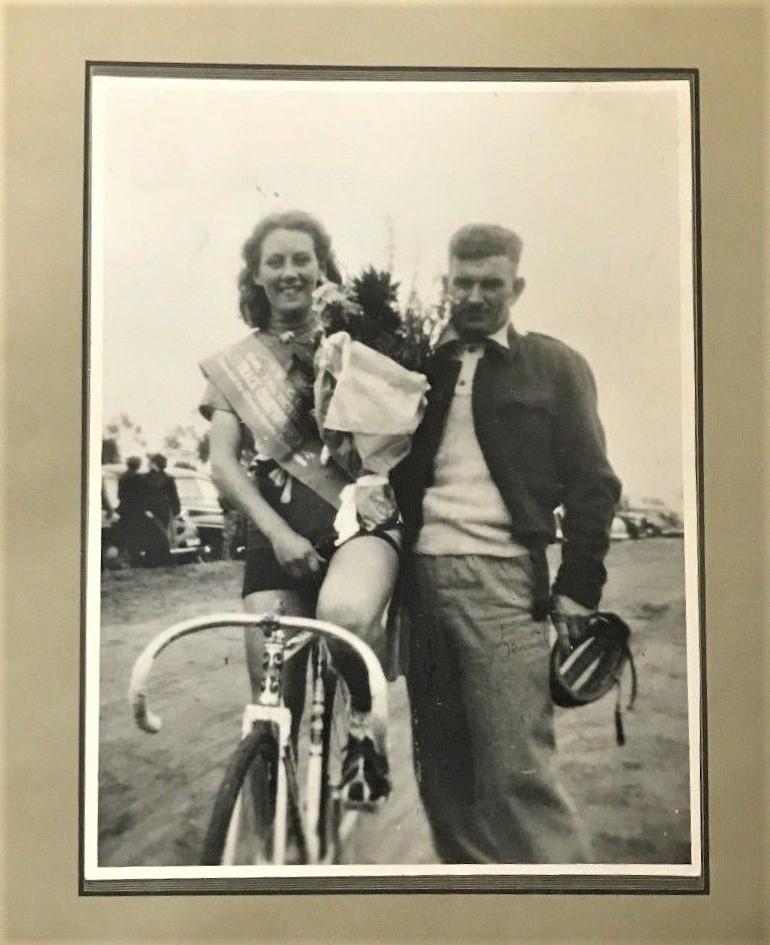
On the verge of turning 14 years old in 1945, Iris Dixon (nee Bent) entered her first cycling race at Footscray track on 22 December. She placed fourth but two days later she came first in a race at South Gippsland.
By the 1950s Iris became the female cyclist to beat after winning five events at the Commonwealth Jubilee Carnival in Bundaberg in 1951. In the span of 12 months and at the age of 20 she had racked up 11 Australian championship titles.
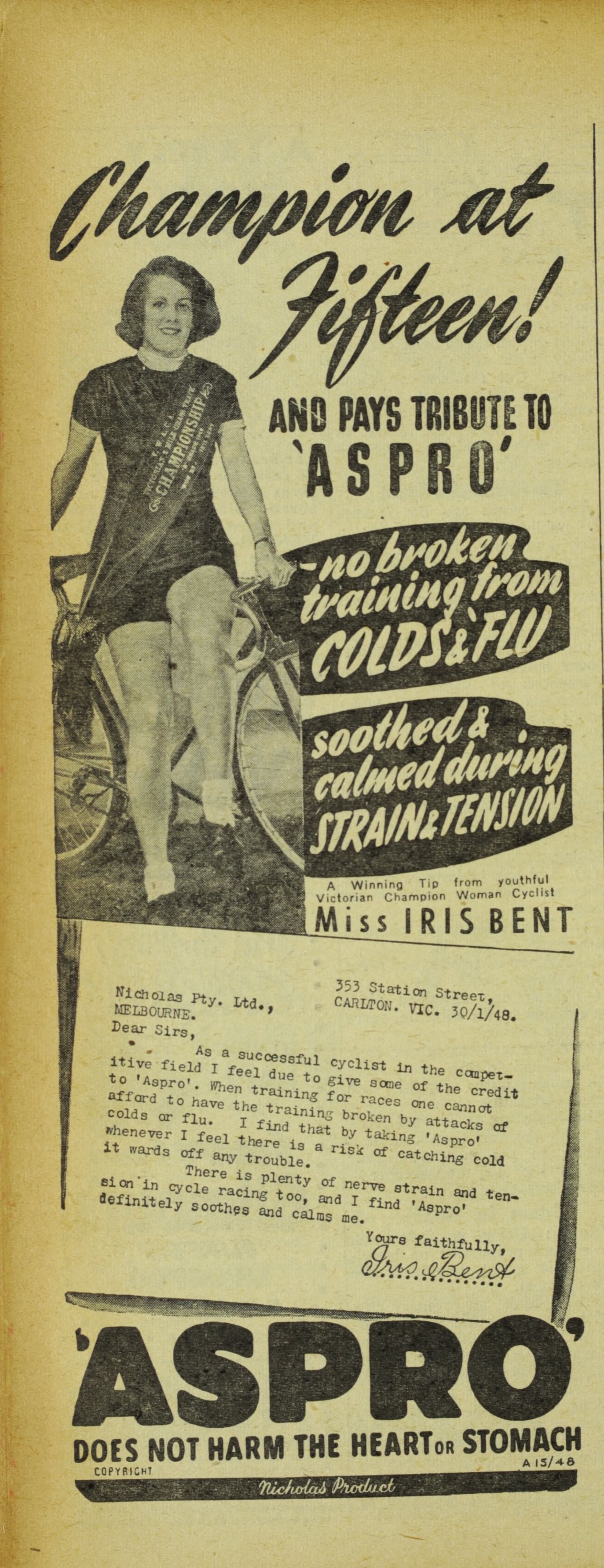
When you dig into Iris’ background it’s not a surprise to hear that she pursued a career down the cycling track. Her father was an amateur cycling record holder in the 1920s and he trained her in the first part of her career. Her father built a bike for her at the tender age of four years old which started her lifelong passion for cycling.
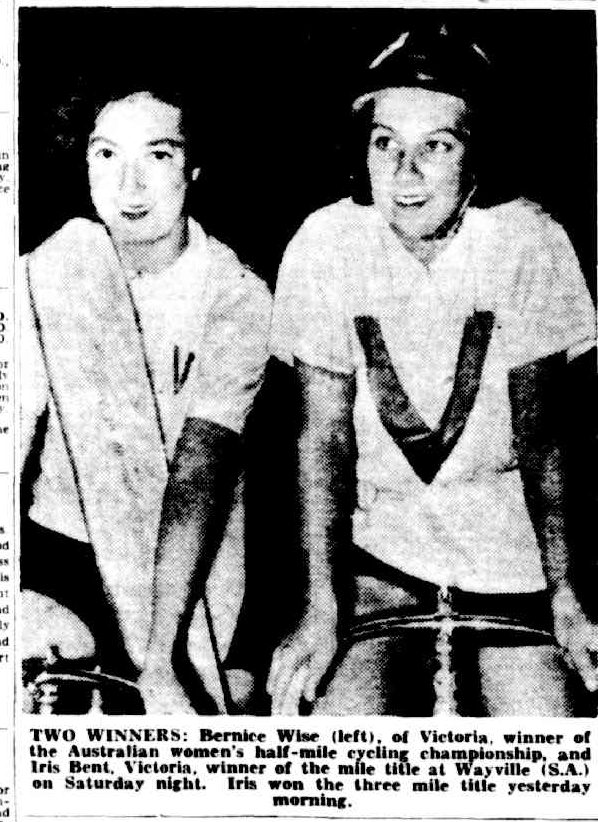
Iris married fellow professional cyclist James ‘Jim’ Dixon (occasionally referred to in newspapers as Charlie). The two trained together in the latter part of Iris’ career.
Despite her outstanding achievements and unwavering dedication to training, she was always compared to her male counterparts. This Brisbane Sunday Mail article from 7 January 1951 reads: ‘Five times title winner at Bundaberg Iris is every inch as good as the average male B grader in this State.’
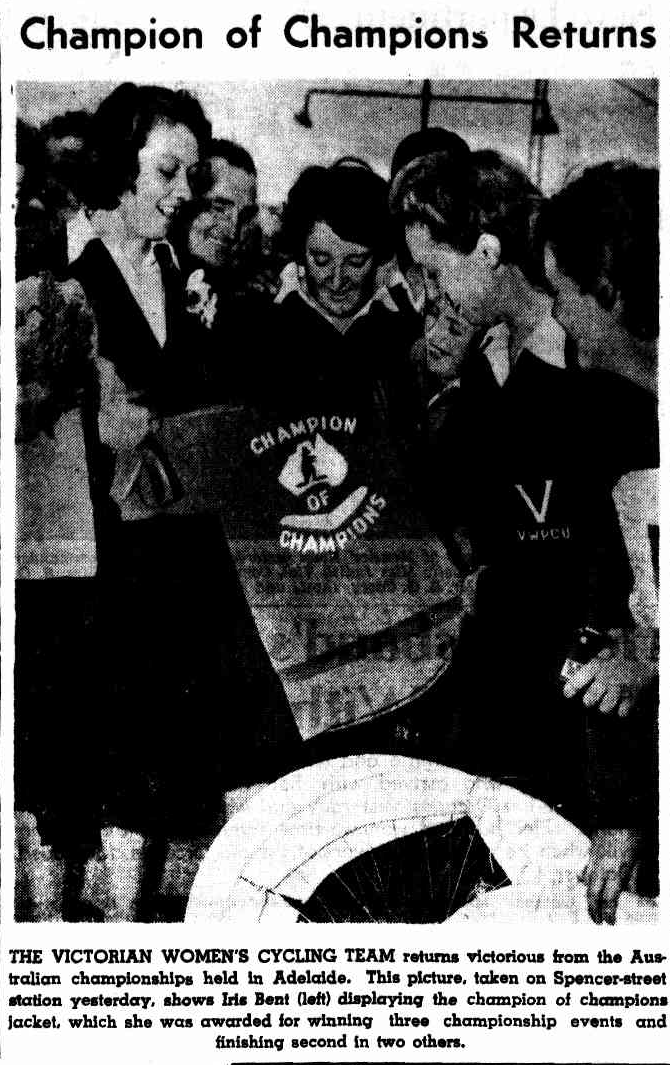
Following the birth of her first child media outlets were sceptical about how she could perform at the same level. She showed them all by winning the first event since giving birth. Two months later, following a series of victories, she won the title of 1952 Victorian Road Champion. Iris had the talent, dedication and the winning attitude of champion sportsperson.
More wheelie great content
Who were your favourite professional cyclists growing up? Search Trove to discover more about the life cycle of this sport.